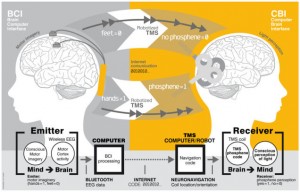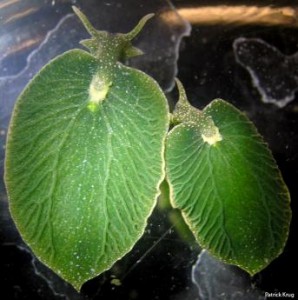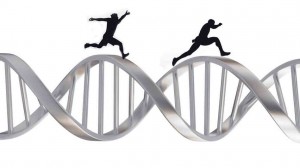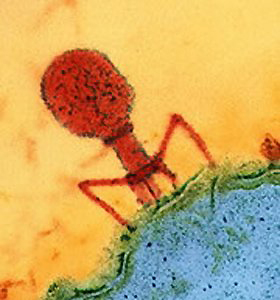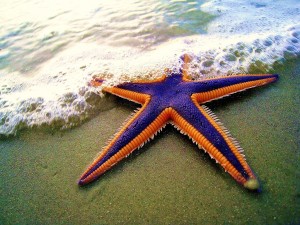Most people have heard of cone snails. They are the genus of venomous marine snails that shoot a poisonous “dart” (hypodermic-like modified radula tooth attached to a venom gland) to attack and paralyze their prey before feeding on it. Smaller cone snails primarily hunt and prey on marine worms, while the larger ones hunt fish. To humans the sting of a smaller cone snail is similar to that of a bee, but contact with larger cone snails can be fatal! Basically they are the badasses of the snail world.
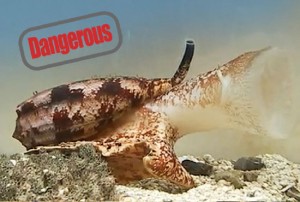
![Healthy Pretopod shell (left) and degraded Pteropod shell due to ocean acidification (right). (Photo credit: NOAA [climate.gov])](https://www.southernfriedscience.com/wp-content/uploads/2015/02/Pteropods-300x152.jpg)

